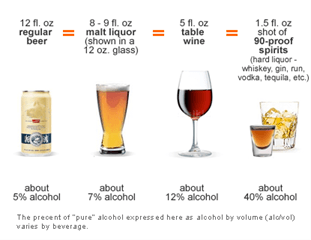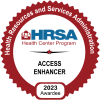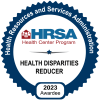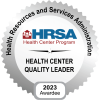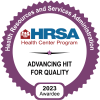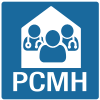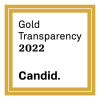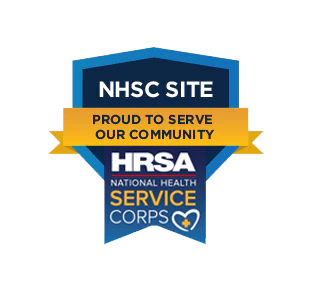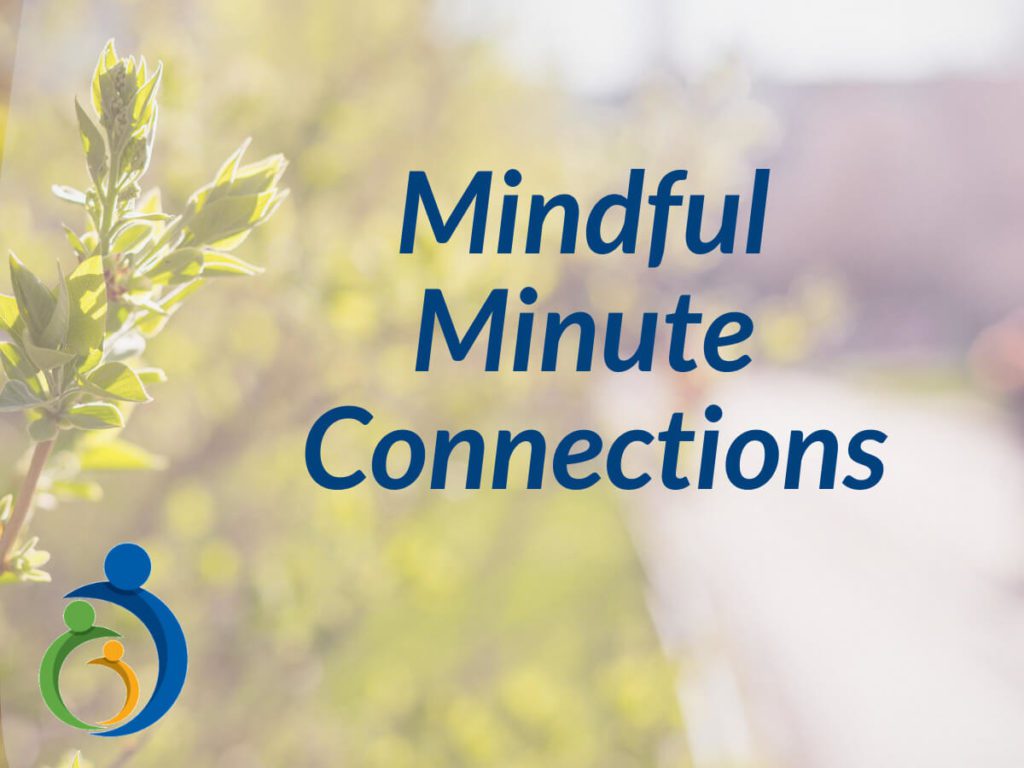
This blog post was written by Lea Humphrey, LPC, SA-IT, Behavioral Health Therapist at the Beloit Area Community Health Center.
Do any of these sound like you?
Have you ever experienced feelings so intense you thought to yourself “I need a drink to get through this”? Have you ever sat at work and day-dreamed about stopping by the grocery store for a bottle of wine (every night)? Has an unexpected event happened, and your first thought is “I need a drink”?
Have you ever realized you had just lied to your partner, kids, parents, boss, because you were trying to cover up your alcohol consumption? Have you caught yourself planning the lie to your partner, kids, parents, or boss?
Have you noticed that alcohol has slowly crept into every crevice of your daily life impacting financial obligations, family relationships, employment, legal consequences, and your mental health with an increase in depression or anxiety?
Answering yes to at least one of these questions puts you with the 85.6 percent of people ages 18 and older who has consumed alcohol in their lifetime, per the 2019 National Survey on Drug Use and Health (NSDUH). Dependent on use, it may also put you in the binge drinking category according to 2019 National Survey on Drug Use and Health (NSDUH) 25.8 percent of people ages 18 and older (29.7 percent of men in this age group and 22.2 percent of women in this age group) reported that they engaged in binge drinking in the past month, and 6.3 percent (8.3 percent of men in this age group and 4.5 percent of women in this age group) reported that they engaged in heavy alcohol use in the past month (National Institute on Alcohol and Abuse, 2021).
Definitions
The National Institute on Alcohol Abuse and Alcoholism provides the following definitions on their website:
- Binge drinking: The National Institute on Alcohol Abuse and Alcoholism (NIAAA) defines binge drinking as a pattern of drinking that brings BAC levels to 0.08 g/dL or higher. This typically occurs after a woman consumes 4 drinks or a man consumes 5 drinks—in about 2 hours.
- The Substance Abuse and Mental Health Services Administration (SAMHSA), which conducts the annual NSDUH, defines binge drinking as consuming 5 or more alcoholic drinks for males or 4 or more alcoholic drinks for females on the same occasion (i.e., at the same time or within a couple of hours of each other) on at least 1 day in the past month.
- Heavy alcohol use (or heavy drinking): SAMHSA defines heavy alcohol use as binge drinking on 5 or more days in the past month.
- High-intensity drinking: Consumption of 2 or more times the gender-specific thresholds for binge drinking, which is to say 10 or more standard drinks (or alcoholic drink-equivalents) for males and 8 or more for females. High-intensity drinking is consistent with drinking at binge levels II and III. The levels correspond to one to two times (I), two to three times (II), and three or more times (III) the standard gender-specific binge thresholds.
- Patterns of drinking associated with AUD: Binge drinking and heavy alcohol use can increase an individual’s risk of AUD. According to the Dietary Guidelines for Americans, 2020–2025, adults of legal drinking age can choose not to drink or to drink in moderation by limiting intake to 2 drinks or less in a day for men and 1 drink or less in a day for women, when alcohol is consumed. Drinking less is better for health than drinking more. Some individuals should avoid alcohol completely.
How much is enough?
Where does this put you? Knowledge is power. Should you find you meet one of these categories, reach out. Yes, easier said than done. That first step is the step for creating a different version of yourself. It is the first step of RECOVERY.
Related Videos
Helpful Links
- Alcoholics Anonymous (AA)
- National Institute on Drug Abuse (NIH)
- Smart Recovery
- Smart Recovery YouTube channel
- Substance Abuse and Services Mental Health Services Administration (SAMHSA) or call 1-800-662-HELP (4357)


